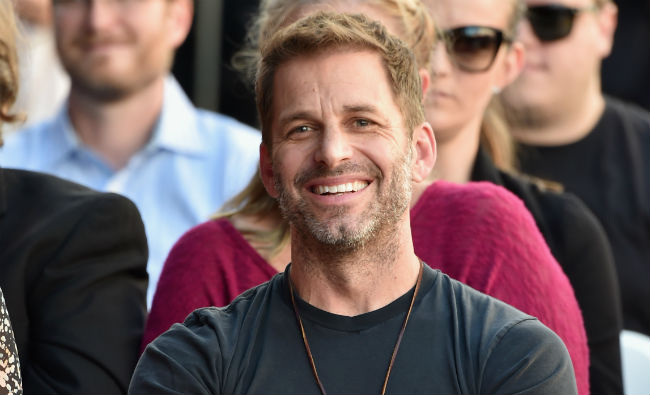
It’s January, which means Batman v Superman is roughly two months and change away. And that means another two solid months — and probably more afterwards — of Zack Snyder getting his chops busted on the internet. It’s difficult to think of a director who deserves it less. After all, his entire career has been building to bringing Batman and Superman to the screen for the first time, and it might just be brilliant.
Much of Snyder’s career has been about the careful and faithful translation of comic books to the screen. This habit started with 300 for which Snyder took a comic book largely told in enormous, expressive splash panels and translated it to the screen: Part of the reason he used so much slow motion was that it was an effective way to simulate the transition from still image to still image. And in Watchmen, he expanded the technique; Snyder doesn’t copy panels so much as use the layout of a page and the discreet moments Dave Gibbons depicts in his art as a guide.
It goes beyond Gibbons’ pacing and layout. The movie draws heavily from the world-building Gibbons and writer Alan Moore made so central to the book, taking everything from products to workaday clothes design from the comics. So much is drawn from his work, in fact, that Snyder put Gibbons in the opening credits.
It’s possible, even likely, Batman v Superman will demonstrate this kind of discipline and control, and even improve on it. The opening of the movie appears to be a retelling of the finale of Man of Steel from Bruce Wayne’s perspective, and Snyder is working overtime to depict it accurately. Fans have even cut together bits from the trailers and Man of Steel to show how perfectly they line up.
That said, not everyone enjoyed the results of Snyder’s craftsmanship or the direction he took the franchise. Wesley Morris of Grantland found the results to have something of a Messiah complex, and Glen Weldon of NPR argued it was technically accomplished, but not much fun to watch. Fan response could best be summed up as divided; whenever we mention Man of Steel or even just one of DC’s other upcoming movies, we’re sure to get at least one complaint in the comments about it, and at least one comment defending it.
Part of the problem, perhaps, is Snyder has a taste for impossible jobs. Man of Steel was always going to have its detractors. That’s inevitable when working with a character who is so many different things to so many different people. Snyder was likely fully aware of this going in, especially after the brutal reception Superman Returns got.
Whenever Man of Steel comes up, I find myself returning to my colleague Nathan Birch’s excellent defense of it, because it sums up the issues people had with the movie beautifully. It’s a movie that takes superheroes seriously, and one that brings what you find in the comics to the page. It was strongly influenced by Superman’s best run of comics in the ’80s and ’90s, when he struggled with his essentially alien nature and slammed into the limits of his own morality. Stories like “For the Man Who Has Everything” and “The Price” asked just where Superman’s limits actually were: If it were a choice between his principles and millions of lives, does Superman really have a choice at all?
In short, Snyder decided he wanted to bring the comics to the screen and have us ask the questions comics too often gloss over. After all, if Superman were real today, would it be so incredible that he’d face as much fear and concern as joy and wonder? Isn’t it a reasonable question to ask what a man with the power to crumble cities might do with it?
So perhaps Snyder deserves a break. His career has been building to this moment for years, now. He has spent more than 12 months in post-production, refining the effects, getting everything just so. And fundamentally, he’s doing something different with superhero movies and offering a new approach to some familiar characters. If we’re not going to try different things with characters so flexible and meaningful as Batman and Superman, why take off the lens cap?






